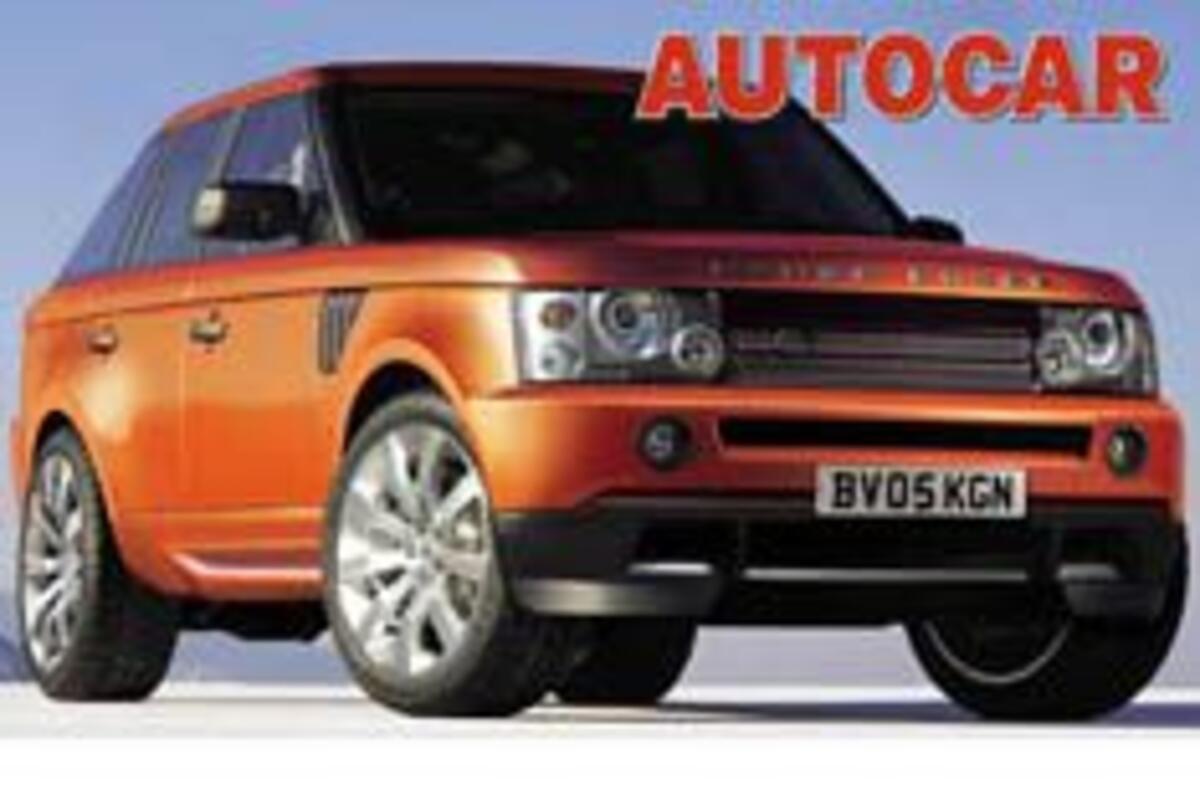Two all-new models in the next 24 months will make 2005 and 2006 two of the busiest years in Land Rover’s 56-year history. The cars will fuel an expansion which will eventually grow the firm’s range to five model lines, its biggest ever.
For the first time, Solihull’s premium off-roader range will expand to include a second model, the baby Range Rover revealed in our artist’s impression (above). The £35,000 five-seater is tipped to be called Range Rover Sport and is a step into new territory for Land Rover: territory in which performance, styling and looks are as important as boulder-crushing or deep wading.
Land Rover’s first venture into softer models, the Freelander, is due for its first complete revamp, too. It will be replaced by an all-new model (right), one which corrects the quality and dynamic deficits of the current car and which should maintain the Freelander’s six-year record as Britain’s best-selling SUV.
This pair of newcomers will be joined by the new Discovery, on sale this November and the first Land Rover to be developed under Ford’s ownership. Its concept, styling, quality and execution tell us much about the next generation of Land Rovers. The Range Rover flagship will be upgraded next spring, too. These are busy times at Solihull.
Range Rover Sport
Prototypes of Land Rover’s ‘baby Range Rover’ have been pounding the world’s test circuits for more than two years. But, for the first time, Autocar has stripped off the disguise to reveal the details of the car that is poised to take on the BMW X5 and Porsche Cayenne.
Due to be revealed at January’s Detroit Motor Show, the Range Rover Sport won’t arrive in dealers until May ’05. Land Rover insiders admit they have had time to get the car right because it is an additional model, rather than a replacement for an existing car.
Styling has been the work of a team under design chief Geoff Upex, who created the car alongside the new Discovery. Distinctive Land Rover family features – the jewelled headlights, floating roof and strong, upright grille – are evident, but insiders report that the Sport is sufficiently different to have its own distinct look.
The rear hatch is inclined at a more rakish angle than usual on a Range Rover and the window line rises gently towards the tail to create a ‘wedge’, a sporty design feature not used before by Land Rover. Another break from tradition is positioning the door handles below the horizontal swage line that runs the length of the Sport.




Add your comment